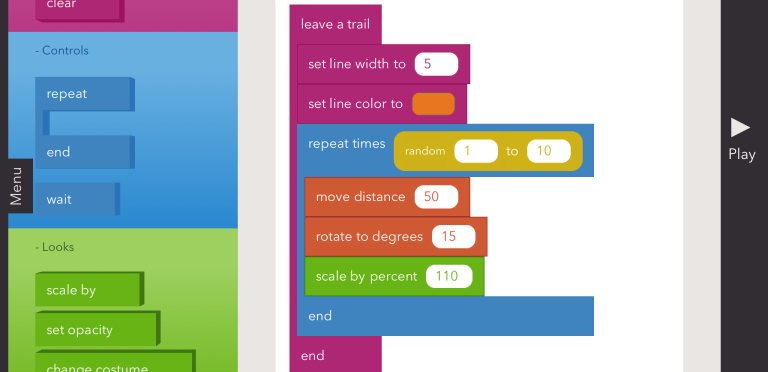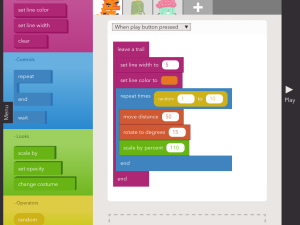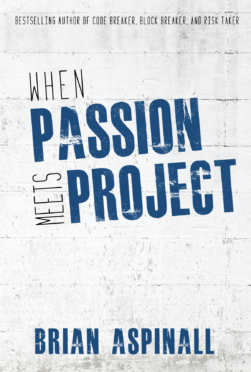Valerie Volland (@MrsVolland1) is a colleague of mine who teaches grade 5 here in Chatham Ontario. Recently she has taken to Hopscotch as a tool for coding and demonstrating learning with her students. Val had never coded before this task so I thought I would ask her for a reflection.
Q1) What made you decide to try “coding” with your grade 5 class?
A1: I decided to try coding with my class after one of our P.A. Day, ed camp style meetings. At this meeting we had students from our school teach us about coding and we discussed the idea of Hour of Code. I had no idea what coding really was, so I thought I better invest some time and learn. We started with Hopscotch because you are able to use it on an iPad, and it is age appropriate.
Q2) What have you noticed as a result?
A2: The first day we tried Hopscotch, I gave them the opportunity to explore and problem solve on their own, and or with a partner. The second time we used Hopscotch, some students were already becoming “experts”. I noticed that the students would share their learning, and collaborate and try to problem solve together. Many students put the app on their own device, and watched You Tube videos at home and school to help them create new codes.
Making 2D and 3D shapes with Hopscotch. Lots of trial and error and collaboration! #hopscotch @ICRPS_Sundevils pic.twitter.com/BV1Wkr0UCt
— Valerie Volland (@MrsVolland1) February 19, 2015
Q3) Recently, you had students “code” applications to draw 3D math shapes. Can you tell me about this?
We started out by creating 2D shapes. We had great discussions about the importance of knowing the angle degrees, and the number of sides when creating the code. We also noticed that there is a pattern that happens when creating some of the shapes, and that you can reduce the amount of coding by creating loops. After mastering the 2D shapes I challenged them to try and create 3D shapes. They of course amazed me 🙂 They worked together to problem solve and persevere through this challenge. The mathematical discussions, and collaboration was incredible. Some students even thought to bring out a protractor to help with the angles. We noticed that there were different ways to create 3D shapes, different codes, and strategies. I love when they realize that there is more than one way to solve a problem!
Q4) Where do you see your students taking this?
A4: I think the next step will be to try to find other classes through twitter that use Hopscotch, so we can share and challenge each other. I was also thinking that we could try to use Hopscotch to make translations. I would also like to get them to use Scratch as a next step, where they can learn to make apps. They seem to be picking up the concepts so fast. It is very exciting.
Q5) Lastly, is there any other information you’d like us to know about this project and approach to learning?
I think one of the most important things that I have learned from this experience is that using technology with math helps to even out the academic playing field. I have 10 students that have IEP’s in my classroom, and with the use of this technology, you are not able to pick out who needs accommodations in Math. This coding experience also gives voices to students who previously for one reason or another did not share their thoughts or opinions, it has empowered them. This adventure has been a great learning experience for my students and myself. I enjoyed being a student right along with them. For anyone who is thinking about trying coding with their students, my advice would be, don’t think, just do! Let go of wanting to be in control, and embrace the opportunity to be a co-learner.
Thanks, Val! For those who are reading – find Val on twitter at @MrsVolland1


 For all the kids who grow up in a small town and think they don’t stand a chance. You do. I was once that kid.
For all the kids who grow up in a small town and think they don’t stand a chance. You do. I was once that kid.